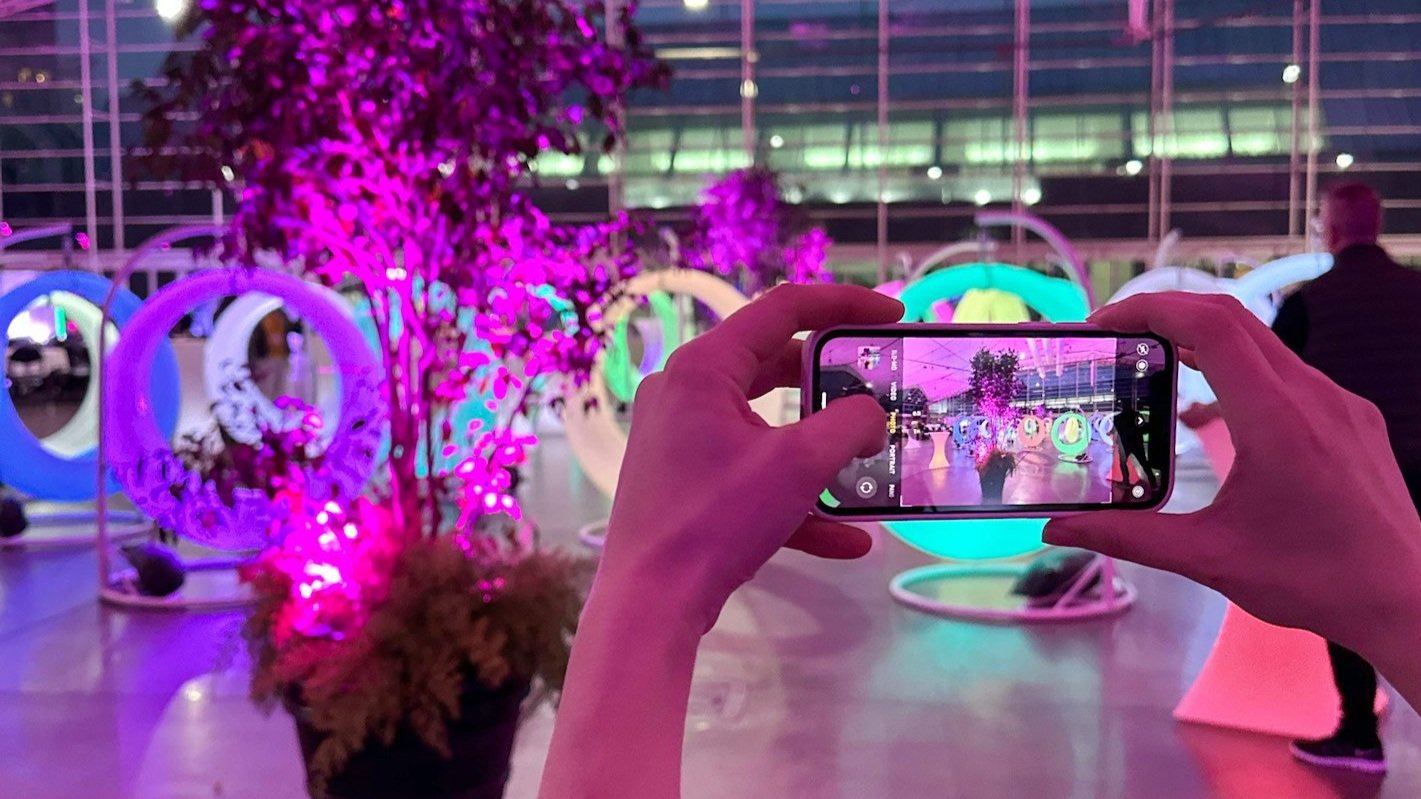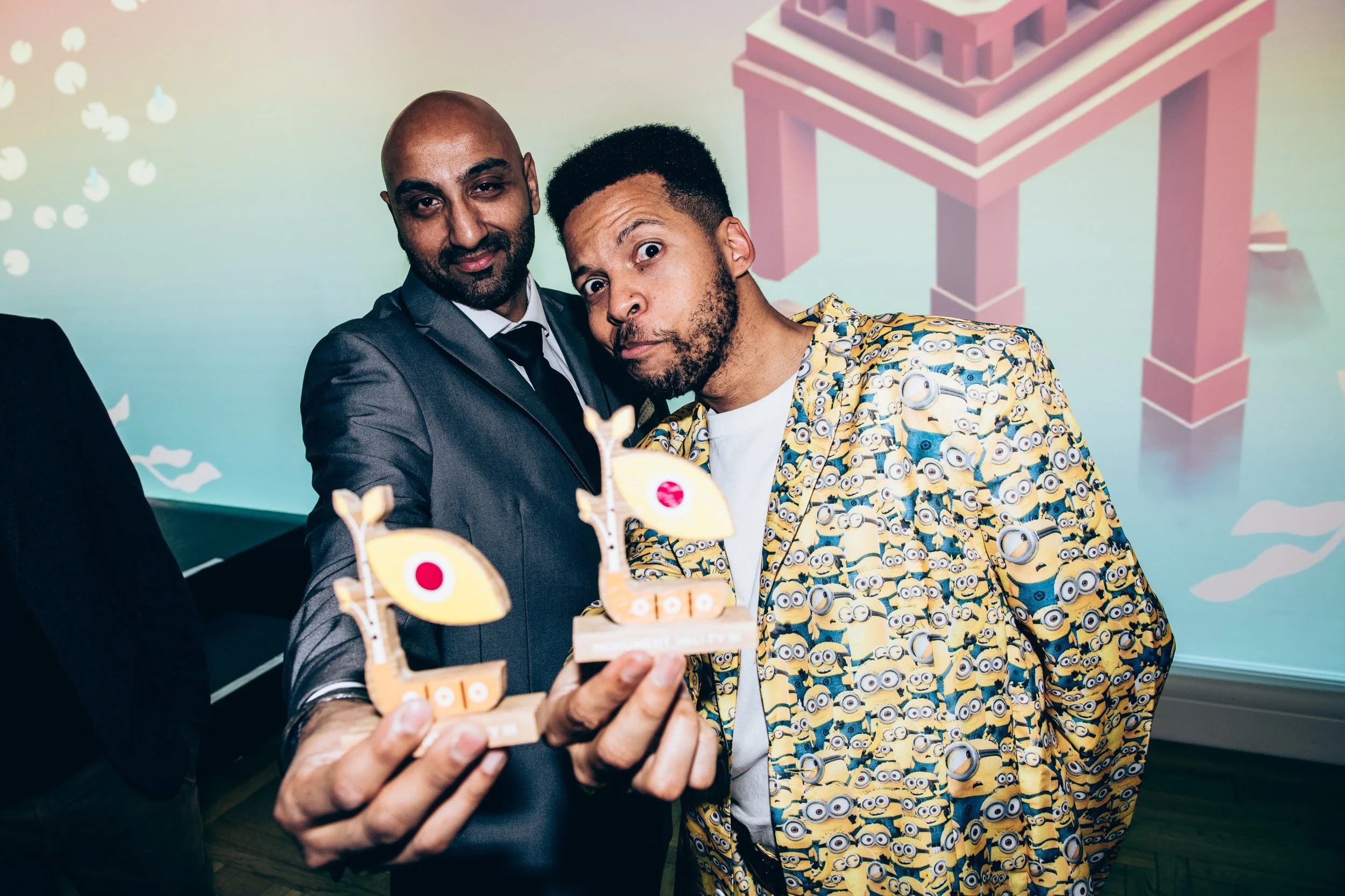How to Launch a Product: 10-Step Checklist for Impact
What is a Product Launch?
A product launch is the process of introducing a new product to the market. It involves a series of coordinated activities designed to create excitement, attract potential customers, and drive early adoption or sales. Whether it's a brand-new product or a strategic update to an existing line, an effective launch ensures your product makes a strong and lasting first impression.
At Cogs & Marvel, we see a successful product launch as more than a logistical exercise—it’s a strategic process that connects your product with the right audience, at the right time, in the right way. Below, we walk through each step of the product launch checklist to help you enter the market with clarity and confidence.
Step 1: Set Clear Objectives and Define Success
Start by outlining what you want your product launch to achieve. Common goals include driving initial sales, increasing brand awareness, gaining market share, or engaging a new customer segment. Define success using measurable KPIs such as revenue targets, customer signups, social mentions, or web traffic.
Use SMART (Specific, Measurable, Achievable, Relevant, Time-bound) goals to stay focused and track progress effectively.
Step 2: Know Your Audience Inside Out
Understanding your target audience is critical to tailoring your messaging, choosing the right channels, and creating compelling value propositions. Research both demographics and psychographics—their needs, habits, challenges, and decision-making factors.
Use customer interviews, surveys, social listening tools, and competitive analysis to build detailed buyer personas that guide your launch strategy.
Step 3: Craft Your Launch Narrative
A clear and compelling story helps your audience understand not just what your product does, but why it matters. Define your product's unique value and the problem it solves. Then shape a consistent narrative across all communications—from landing pages and ad copy to emails and sales decks.
Make sure your messaging highlights benefits over features, addresses customer pain points, and positions your product within the market context.
Step 4: Build a Go-to-Market Strategy
Your go-to-market (GTM) strategy outlines how you will reach your audience and deliver your message. It includes selecting marketing channels (e.g., email, SEO, paid ads, influencer partnerships), launch timing, pricing, positioning, and distribution plans.
Develop a tactical rollout plan that balances top-of-funnel awareness with bottom-of-funnel conversion efforts. Coordinate timing across marketing, sales, and customer support.
Step 5: Align Teams and Channels
Internal alignment is crucial. Ensure that marketing, product, sales, and customer service teams are informed and prepared. Share key messaging, timelines, FAQs, and campaign materials in advance.
Hold kickoff meetings, use shared project management tools, and maintain open lines of communication to keep all departments coordinated.
Step 6: Create Pre-Launch Hype
Build anticipation before your official launch. Teasers, waitlists, exclusive previews, behind-the-scenes content, and early access offers can all generate buzz and drive demand.
Use social media, influencer engagement, email campaigns, and PR outreach to get your audience talking and create a sense of urgency.
Step 7: Host a Launch Event to Celebrate and Showcase
While optional, a well-timed launch event can create a memorable brand moment and amplify your product message. This could be a live demo, virtual showcase, private preview, or creative pop-up.
Keep the event focused on your product's value and align it with your brand tone. Invite relevant press, influencers, customers, or partners who can help spread the word.
At Cogs & Marvel, we design product launch events that not only dazzle but drive results—giving media, partners, and audiences a reason to talk, share, and believe.
Step 8: Launch the Product
Launch day is your big reveal—but it should feel like the next chapter of your story, not the final act. Make your product easy to discover, understand, and try. Focus on a frictionless buyer journey across channels.
Ensure your website is optimised, your campaigns are live, and your customer support teams are ready. From press coverage to product tutorials, everything should be in sync to maximise visibility and conversions.
Step 9: Maximise Post-Launch Impact
Once the product is out in the market, your focus shifts to sustaining momentum. Promote testimonials, publish launch recaps, collect customer feedback, and double down on content and paid promotion.
Keep engaging your audience with how-to guides, case studies, or user spotlights. Strengthen what worked, and evolve what didn’t. See how our product launch events continue to generate value long after the spotlight fades.
Step 10: Measure, Learn, Optimise
Evaluate the success of your product launch using both quantitative and qualitative data. Look at KPIs like traffic, conversion rates, media mentions, revenue, and customer feedback.
Use these insights to identify what worked, what didn’t, and how you can improve for future launches. Conduct a post-mortem with your team to document lessons learned.
Launch with Purpose, Land with Impact
Pictured: Monument Valley III Product Launch Party, with Ustwo Games in partnership with Cogs & Marvel
A product launch is more than just a checklist. It’s your chance to make a powerful first impression and lay the foundation for your product’s long-term success.
By focusing on strategy, storytelling, and audience engagement, you can enter the market with confidence and clarity. And when every part of your launch is intentional, you don’t just release a product—you establish its place in the world.
Ready to launch? Get in touch.
FAQs: More on Product Launches
What are some creative product launch event ideas?
Creative product launch events go beyond a typical unveiling—they aim to immerse, surprise, and engage your audience. Ideas include interactive product demos, pop-up experiences in high-traffic areas, augmented reality previews, themed environments tied to your product story, or influencer-curated walkthroughs. The goal is to design an experience that leaves a lasting impression while communicating your product's unique value.
What is a product launch party?
A product launch party is a celebratory event held to introduce a new product to the market. It’s typically designed to generate buzz, attract media attention, and engage customers, partners, and influencers in an exciting setting. These events often include speeches, product demos, entertainment, and networking opportunities. Whether intimate or large-scale, a well-executed launch party sets the tone for your product’s debut.
What are some unique product launch party ideas?
Unique product launch party ideas include experiential brand activations, immersive themed venues, live product testing zones, projection mapping to showcase features, and gamified experiences that reward participation. You could also host hybrid or virtual launch parties with interactive components like live chats, custom merchandise, or virtual swag bags to reach a broader audience while keeping the experience engaging.





